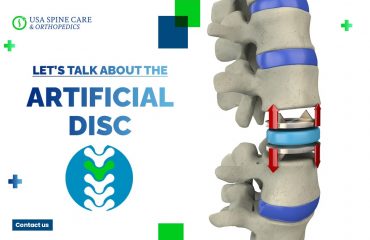

Spine surgery can be a life-changing procedure, but the associated costs can be significant. This article explores the concept of cost minimization by comparing different treatment options for spine conditions. By understanding the cost variations between procedures, you can make informed decisions alongside your doctor for a successful outcome without breaking the bank.
Factors Affecting Treatment Costs:
- Surgical Complexity: Minimally invasive procedures like discectomy typically cost less than complex surgeries like spinal fusion with instrumentation. Complex procedures involve longer surgeries, potentially more expensive implants, and greater resource utilization.
- Length of Hospital Stay: Minimally invasive surgeries often allow for outpatient procedures, leading to lower facility charges compared to complex surgeries requiring a longer hospital stay.
- Implant Needs: Certain procedures like spinal fusion utilize implants (rods, screws, cages) that add to the overall cost. Techniques using minimal or no implants can be a cost-effective alternative in suitable cases.
Comparing Treatment Options:
Here’s a breakdown of some common spine surgery procedures and their cost considerations:
- Discectomy: This minimally invasive procedure removes a herniated disc. It’s generally less expensive than other options due to shorter surgery times and minimal implant use.
- Laminectomy: This procedure involves removing a portion of the vertebral lamina to create more space for the spinal cord and nerves. The cost might be higher than a discectomy due to longer surgery times but typically less expensive than spinal fusion.
- Spinal Fusion: This procedure fuses vertebrae together to stabilize the spine. It’s often a more complex surgery with potentially higher costs due to extended operation times, implant needs, and potentially longer hospital stays.
Minimizing Costs Through Discussion:
- Discuss All Options: Talk to your doctor about the full spectrum of treatment options, including minimally invasive and non-surgical approaches.
- Explore Cost-Effective Alternatives: If a complex surgery is recommended, inquire about potentially less expensive techniques that might achieve similar results for your specific condition.
- Focus on Long-Term Value: While a less expensive procedure might seem appealing initially, consider its long-term effectiveness. Opting for a more expensive but potentially more durable solution might be cost-effective in the long run if it prevents the need for future surgeries.
Remember:
Cost minimization is an important consideration, but it shouldn’t supersede quality care. Always prioritize a treatment plan that effectively addresses your medical needs. By working collaboratively with your doctor, exploring cost-effective techniques, and prioritizing long-term value, you can navigate the financial aspects of spine surgery while ensuring optimal health outcomes.
pen_spark
tuneshare
more_vert



